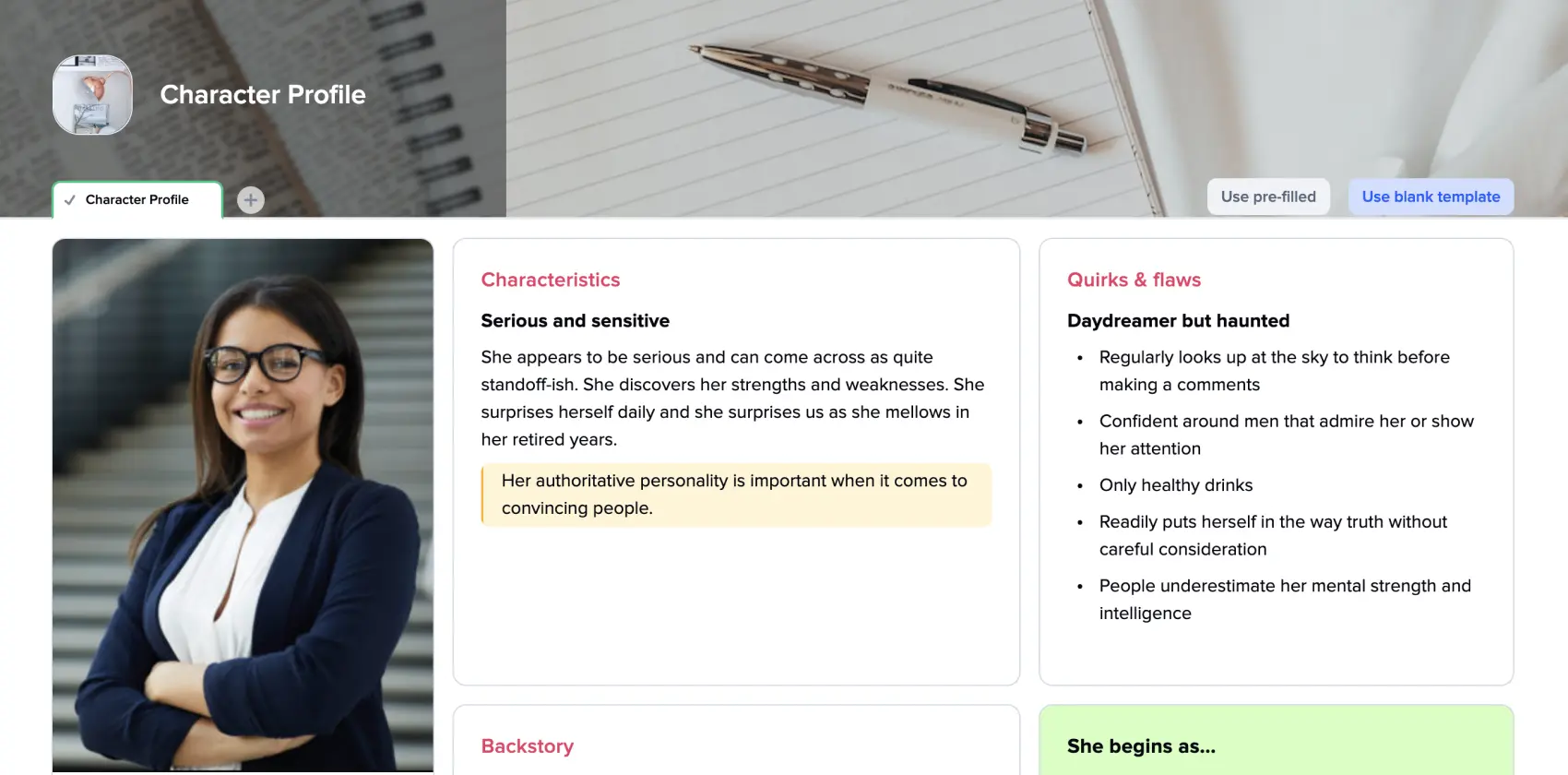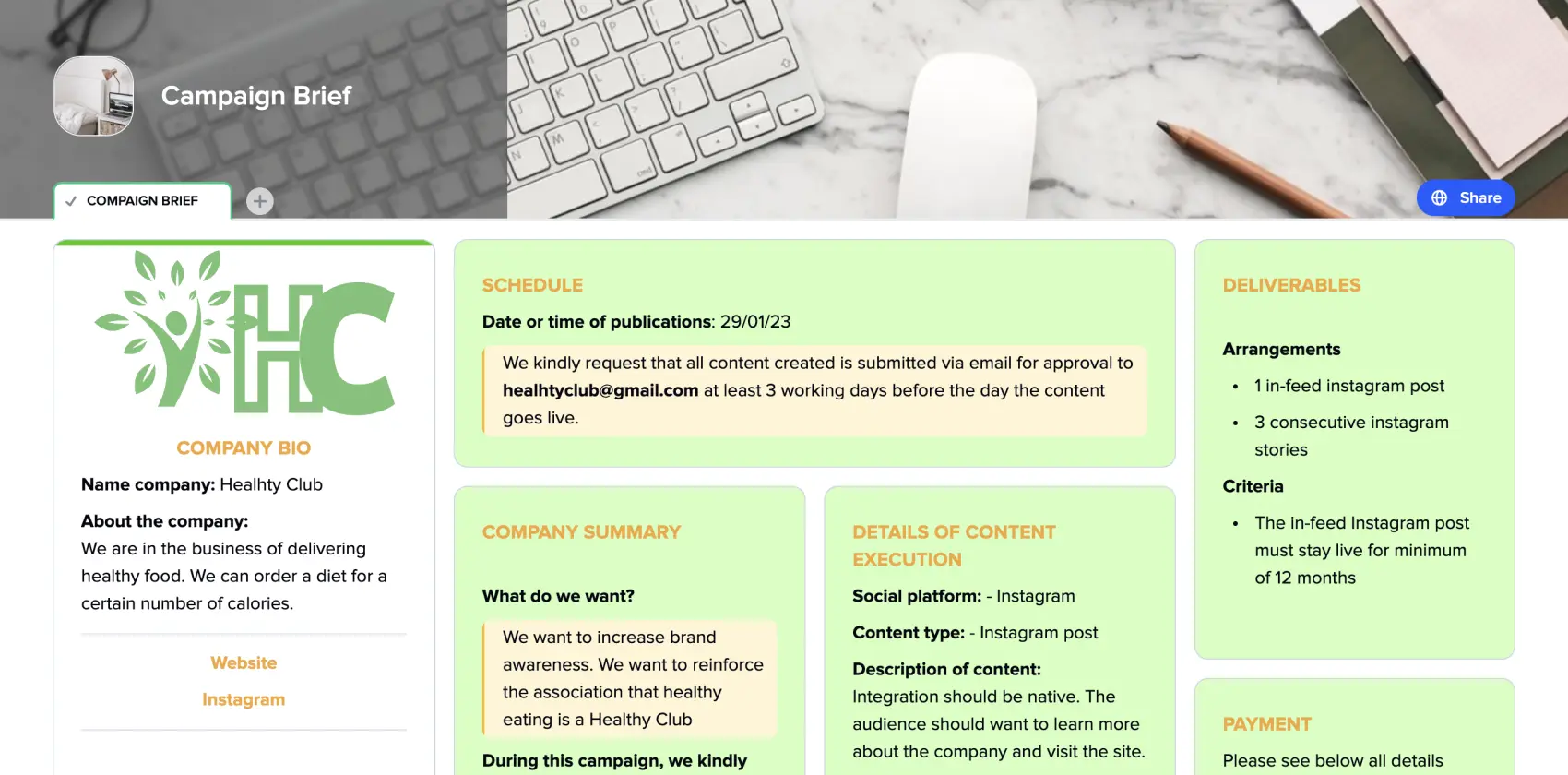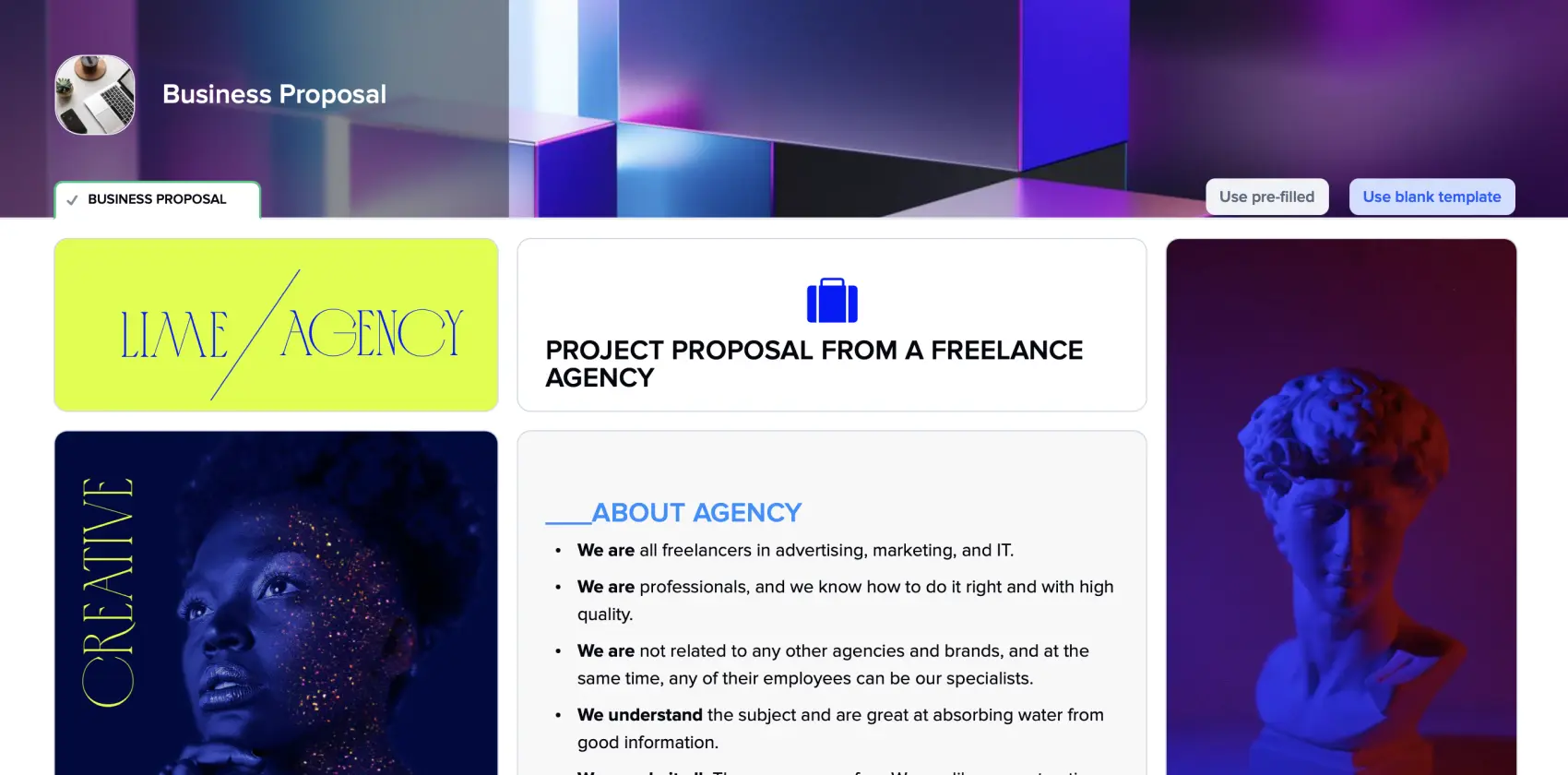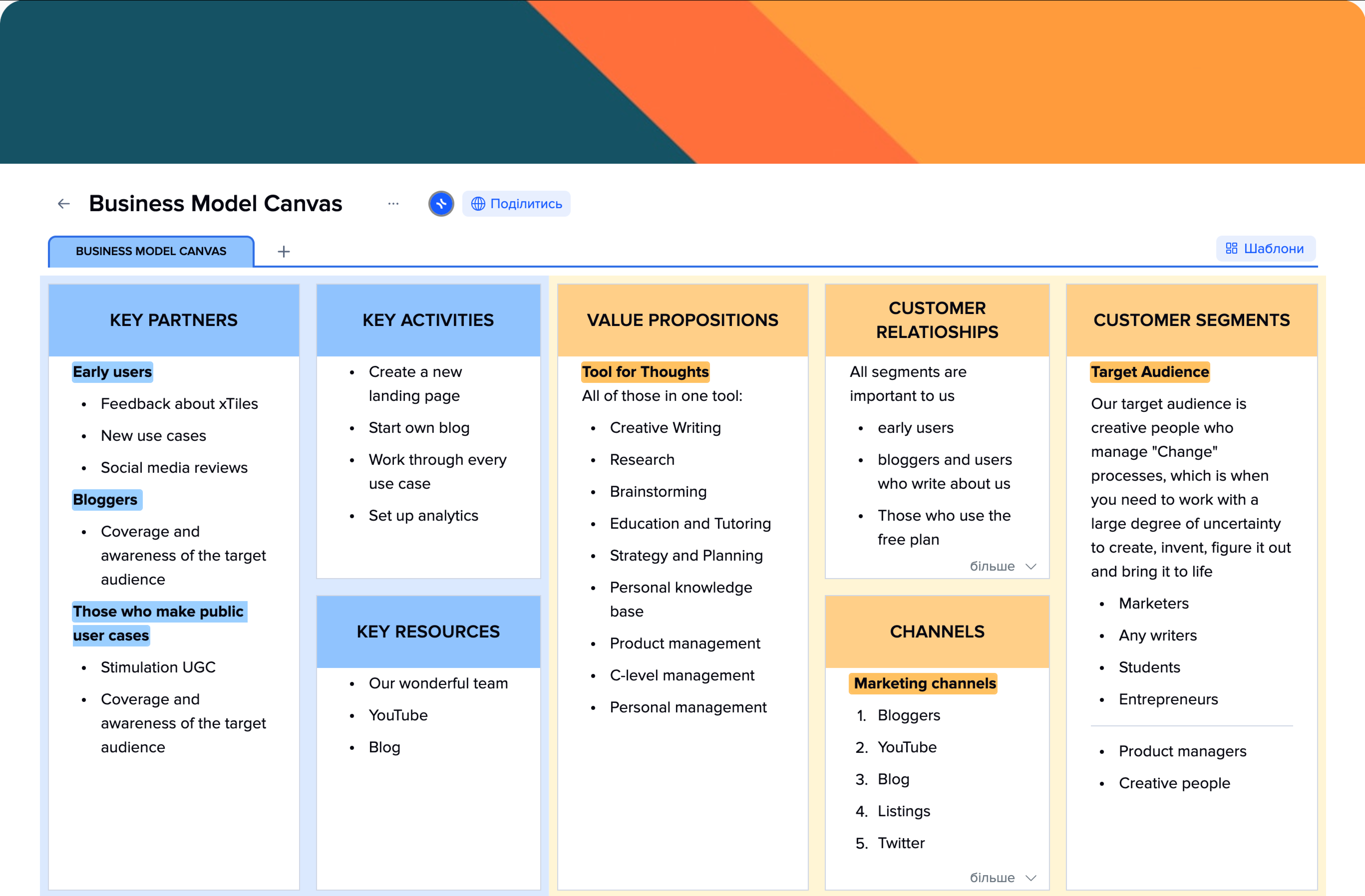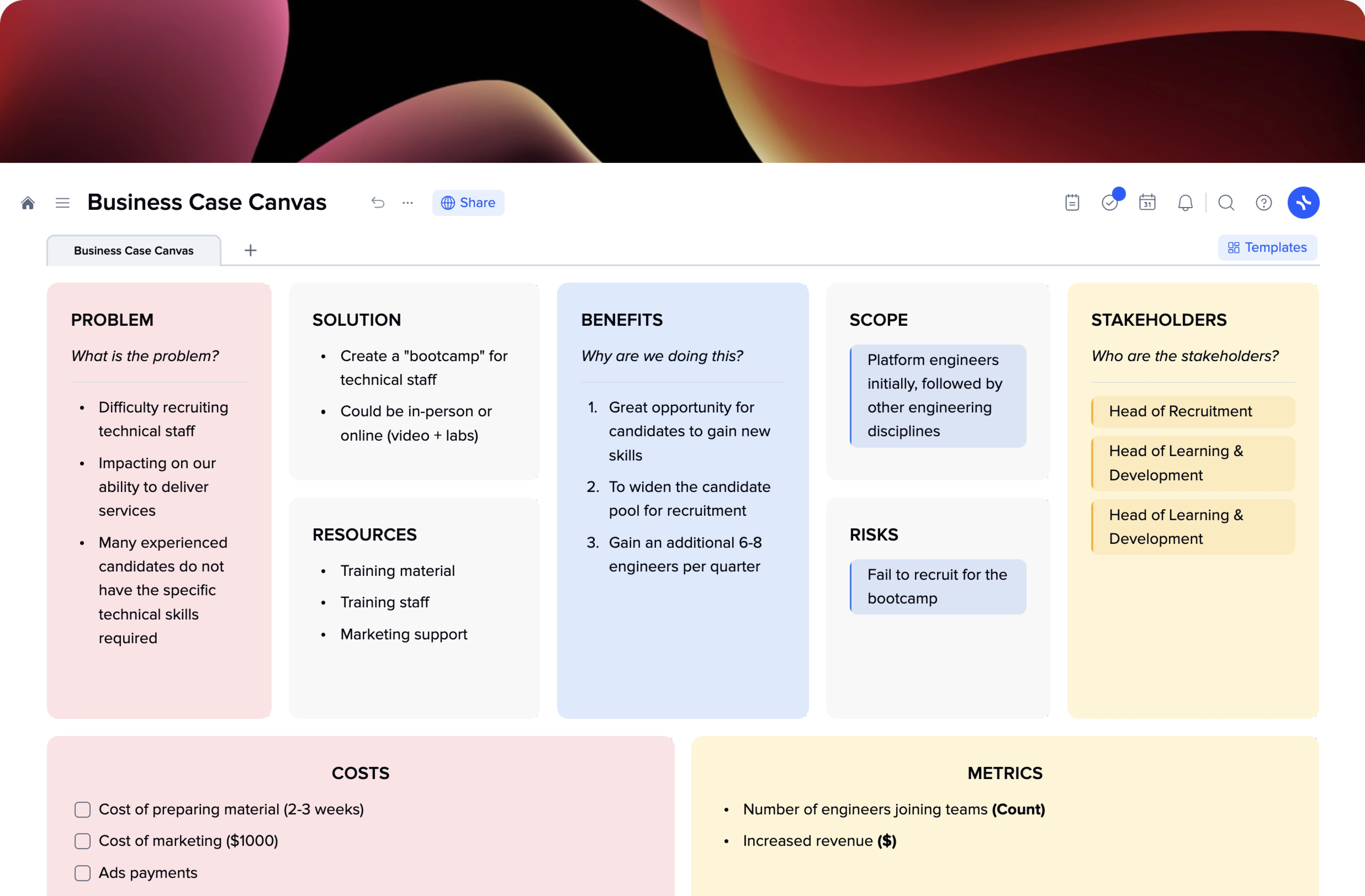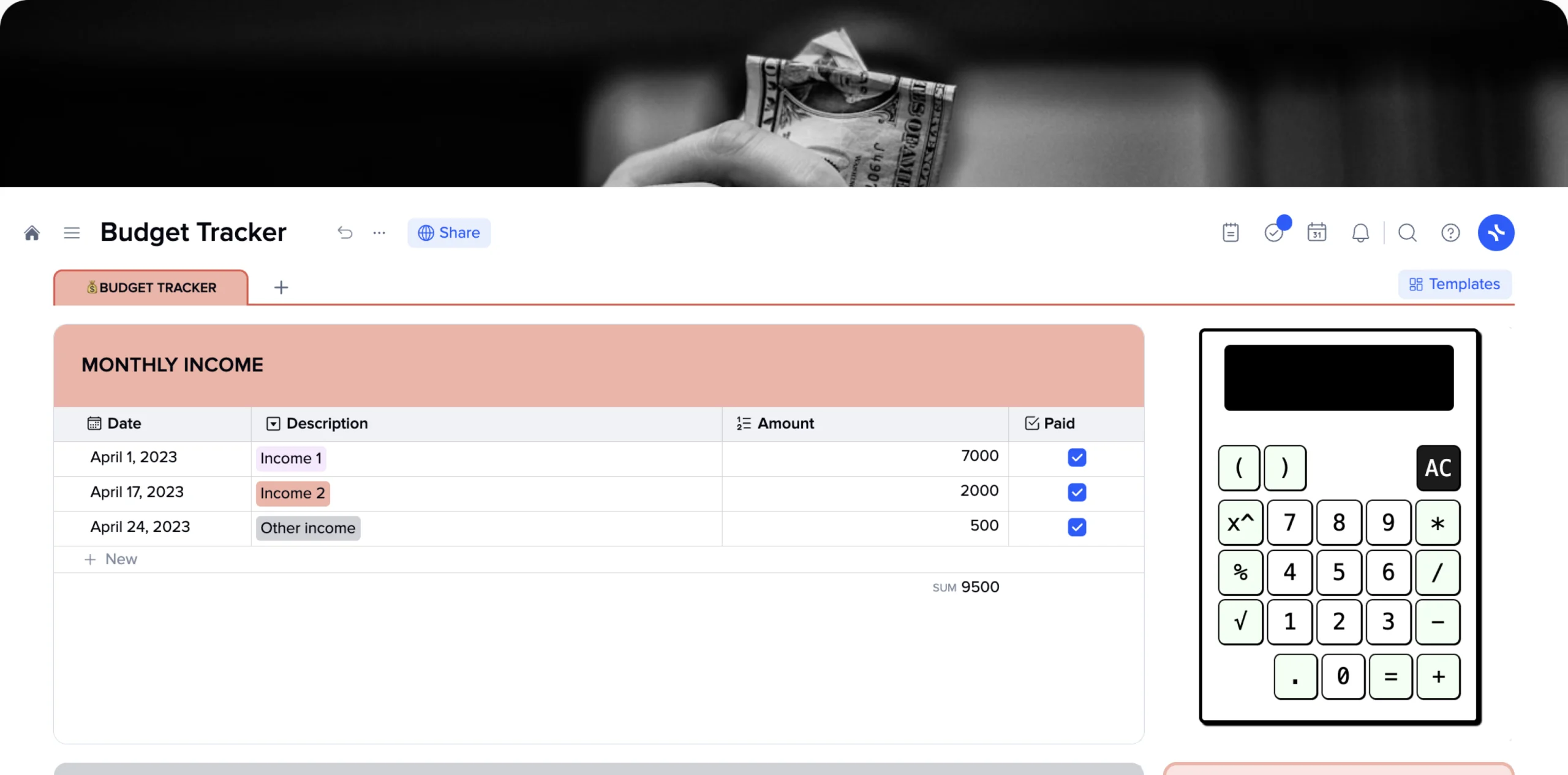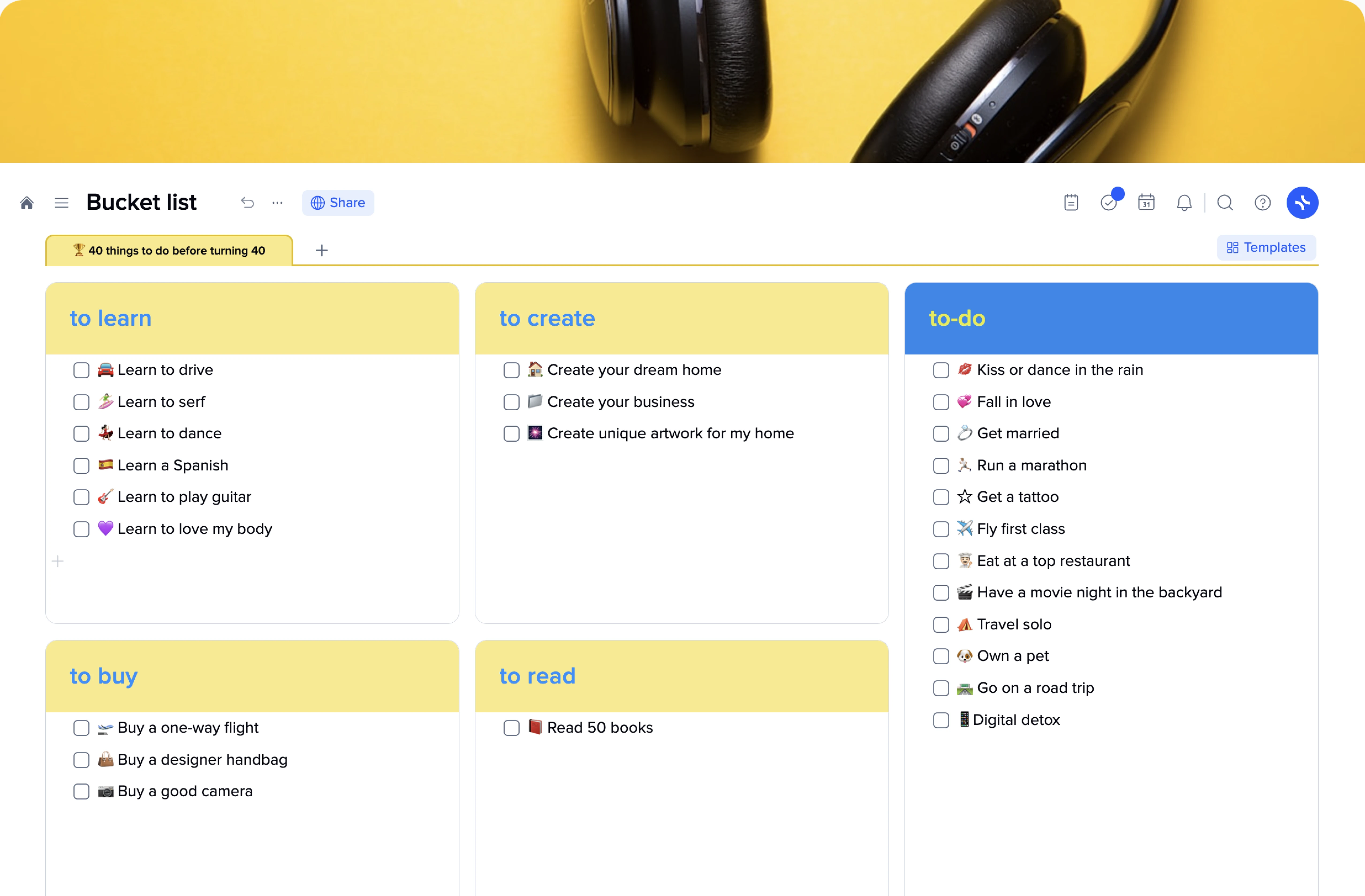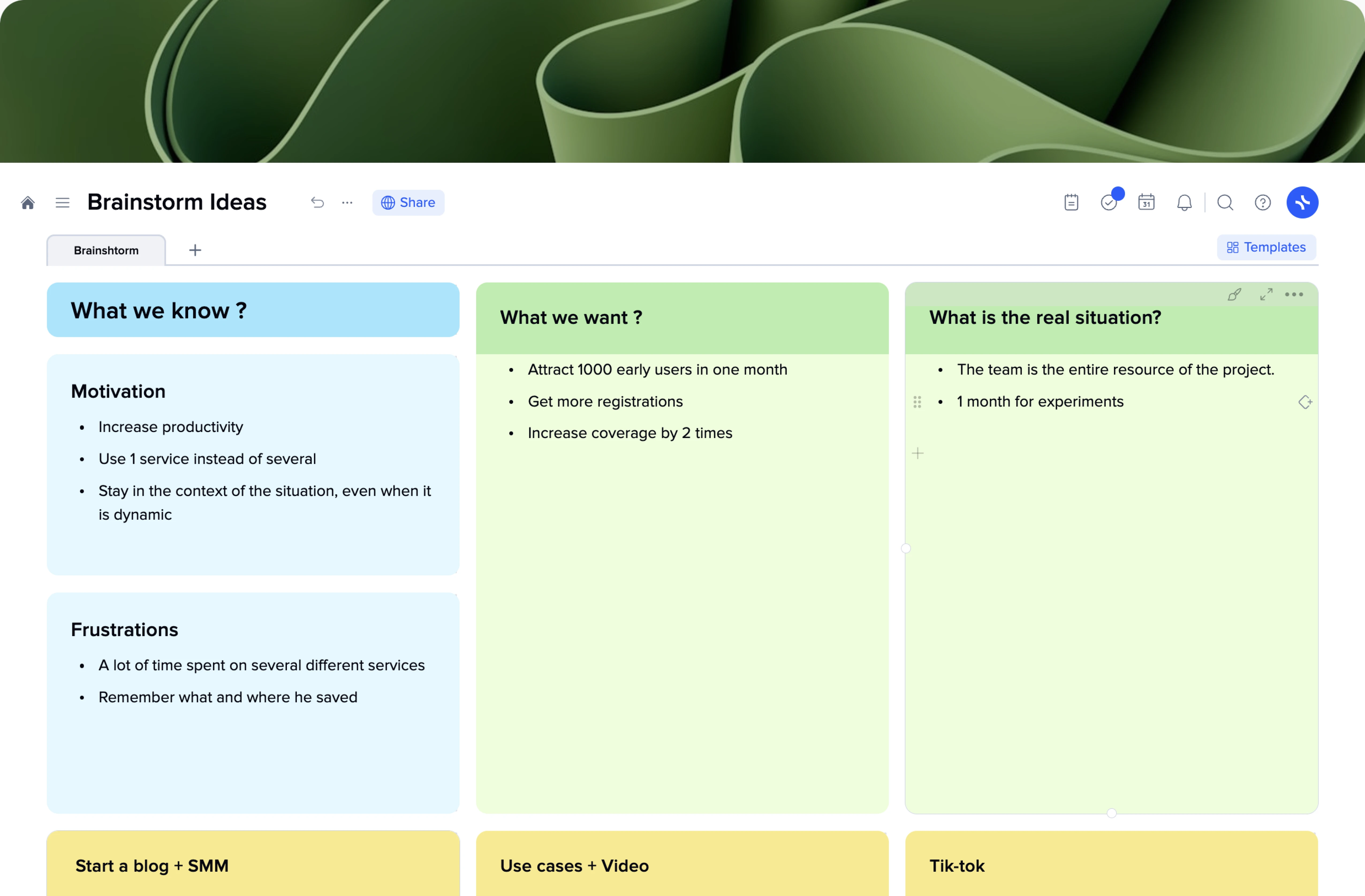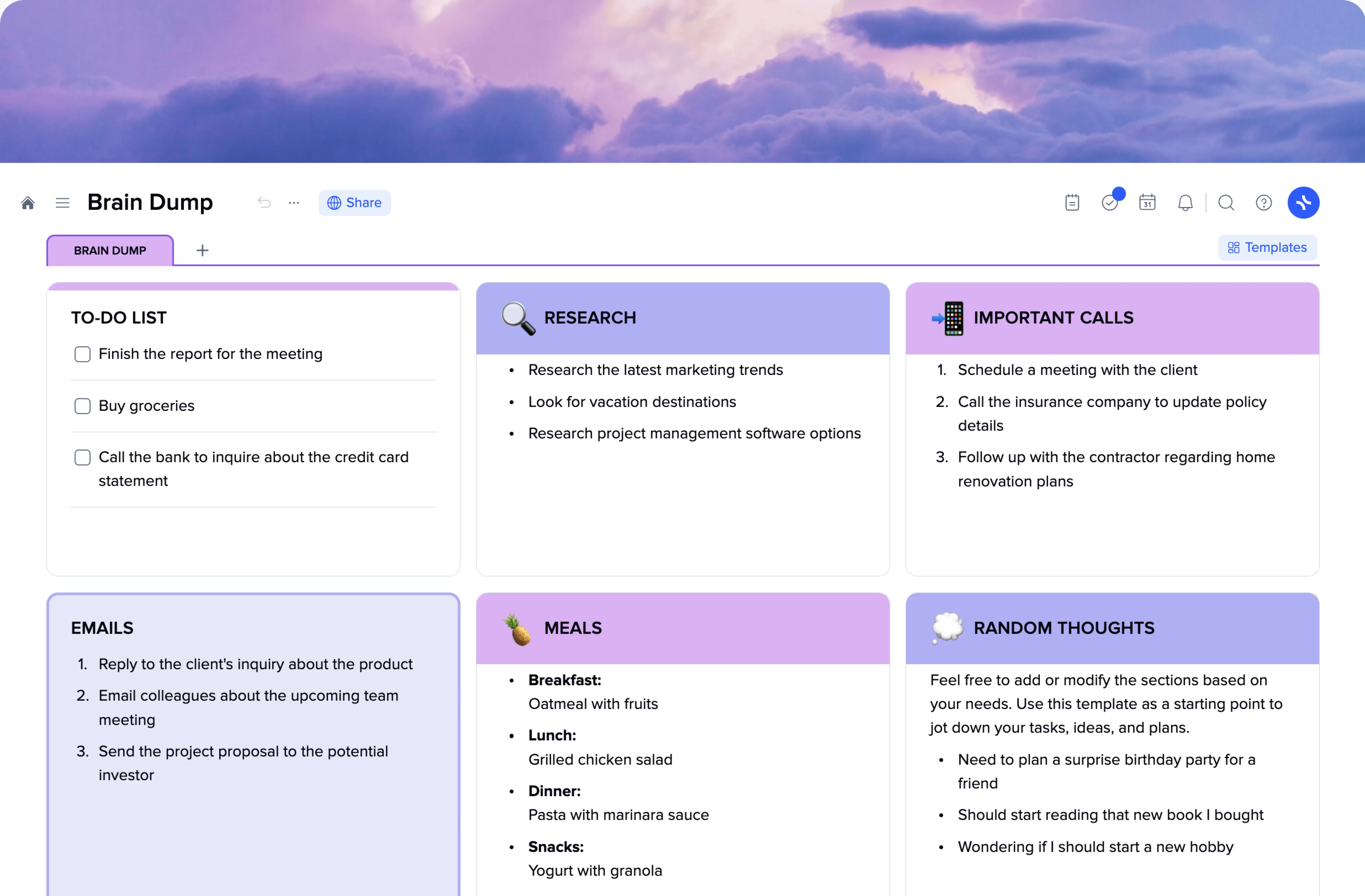What is a character profile template
Аnd why do you need it to create a character that will be magnetic, realistic, and will raise readers’ interest without putting a tremendous effort into it? You may never have heard about these templates if you’re new to writing. However, even those who do it for a living sometimes might not know about them and the advantages they offer.
We all can agree that sometimes a realistic, well-developed character will be enough to win hearts and save the story. Sometimes they even outgrow the whole story and get their own lives in other people’s work. Creating a whole new person using just your imagination may be a tough and tricky process. Whether you want to make your readers exclaim “literally me” every time a character says something or make them feel hatred/affection/jealousy/pity (underline what you prefer), you will need a strict plan.
Thankfully, character profile templates are an easy way to have all the needed information at hand. They are basically a biography of your character, their social media profile (only you have full access) with their age, the most important information, cute (or not) background stories to give them more depth, their appearance, representing their relationships with others, and with everything you consider important for your story development and your character motivation revealing.
In this article, we’ll learn how to create a sharp character profile and present you with a character profile template you can use for any of your future and current projects.
Why are character profile templates important for a writer?
Have you ever met “flat” characters? They may be so boring that you can’t stand another sentence about them. Have you ever thought about what could change things and give them depth? What do all these poor characters lack? An interesting character that engages the audience in your writing is a collection of different features, ideas, thoughts, and details. If all of these combine successfully, you’ve succeeded. But how can one find suitable characteristics and mix them correctly? There’s no answer, only approaches you can try.
Generations and generations of authors did their best to give us a push and make the ideation process easier for us. We have many examples, other people’s experiences, and successes and failures to learn from. So, why not use others’ developments to reach your desired point faster? They had to use boards with cards, folders, lists, and bulky notebooks to have all the needed information about their characters in one place. Today, we can skip this time-consuming routine and go straight to the good part – creating.
A detailed character profile template is the first step to creating a character that will be “alive” and develop naturally throughout the story. Moreover, it’s the place you can return to anytime you have doubts about what your character would do or say under given circumstances.
When do I need a character profile template?
The person you know the best is you. And still, we keep forgetting facts about ourselves. How many times have others’ questions about you left you speechless? It is almost impossible to create a whole new person and keep their biography in mind without mixing things up. Whether you work on a fantasy, anime, or toyhouse character profile, a template will give you a better understanding of your character, so you will be able to better introduce them to the readers.
Definitely, it’s 99,9% that you won’t use all the stuff from your character profile (unless you work on a very detailed biography). Still, you need all this information to understand the person you’re writing about. What the reader gets is only the tip of the iceberg. However, what is underneath the water is the base you can’t neglect in an attempt to create a character that is likable and interesting.
There will be a point when you need to introduce your character to the public. That will be where you may use most of the information you put on the profile. However, you can’t use all of it in one place for the character’s and readers’ sake. When you have a profile, it will be easier to put these facts evenly through the text when you have a profile. You won’t overwhelm one chapter with all of them, leaving the rest with no character-revealing approaches.
Characters need to have their own voices and styles, so people can believe them, whether they are good boys or villains. What helps to reach that effect and make your character unforgettable? Tiny details. Their childhood memories, favorite songs, colors, a piece of clothes they wear all the time, etc. Pick something and put it into your character profile to find out how this detail works with other characteristics. Does it help to reveal the person or story? The detail may be there from the beginning and be a gun that will shoot at the end or emerge later just to represent your character changes.
When creating a character with many layers, you may need to conduct research and look for references. There are archetypes that work with appropriate kinds of stories. Define what is yours, and look through the popular culture to get what will be workable for your case. Check how they may behave and react. Such research also may be very helpful if you struggle with writer’s block.
So, as you can see, you may get a great deal of profit using a character profile template whenever you create something with characters in it. However, they are also good if you are stuck and can’t move any further in your story. Have you ever experienced the feeling that your story is leading you and then, all of a sudden, escapes, so now you’re the one who has to deal with everything? Character templates may help you gather all the facts you already know, reconsider them and your character motivations, take one more look at the current situation, and try to find the best solution.
How to use the xTiles character profile template to create an interesting and likable character?
Here, you can find a character profile template based on many researches and compilations. In an attempt to present you with something that will work, we checked dozens and dozens of them. So, let’s start creating your next character together. But first, here are a couple of suggestions about using the template.
- Put everything in. Now, when you’re at the beginning of creating your character, you can’t precisely know what will be helpful and what won’t. So, put everything that seems at least interesting or worth a second glance in your character profile. By working on it later and developing it, you will see what is worth using and what is unsuitable.
- If you use the xTiles character profile, it will be easy to rearrange everything later when you’re more aware of how your character should look. You can delete anything you want without any harm to the whole picture. And if you decide that your character doesn’t need something that you thought to be crucial earlier, just delete it. No crossings. The profile won’t be ruined as if you would use a paper notebook or a character profile template for Google Docs, where one accidental movement might spoil lining, tables, justifying, etc.
- Additionally, if you want to develop some aspect of your character better and think about it more carefully, you may go deeper and create a sub-document. You may dive into your characters, giving them everything they need to look real to a reader. Besides, your ideation process won’t be limited because you can freely add textual content, rich content, links, etc., to get a better understanding of the person you’re writing about, therefore, better represent them to others.
- Make a separate profile for every important character. If you want to be convincing, you need to pay attention to every character in your story. Even those who shortly emerge for a few pages must be interesting. Don’t deprive them of background stories, memories, and curious little details. Naturally, you don’t need to put as much effort into them as the main characters require, but their role is still hugely important for the picture in general. Think about them as supporting roles, and remember that those get Oscars and Golden Globes too.
Now, let’s switch to more specific suggestions and start outlining a character we want to get in the end.
- Decide on what character you will work on – protagonist (the main character in your story), antagonist (a character or group of characters that stand opposite your protagonist), anti-hero (may still be your central character but without traditional heroic attributes), foil (a character who will make your main hero features more noticeable), or confidante (a character what will know your main hero the best).
Before you decide on this one, please remember that every story is unique, and there are no rules that can force you to create characters of the needed types only so that the story will work. Whether it works or not depends on many factors and their combinations. So, be inventive. Let your imagination free and enjoy.
- Now, we need to get the main information about your character – name, age, place of birth, current place of residence, nationality, marital status, education, etc. These formal details are needed to put your character in a frame where they will develop further and, maybe, go beyond it during the process or as a catharsis in the end.
Guides on character profile creation often claim this part is the easiest one. Well, it may be if you already have some ideas about your character profile. However, they are starting points, so please don’t neglect them. The person’s nationality, education, or social status are often catalysts for a story’s development, so they should be polished and well-thought-out.
- The next step is to imagine how your characters look. Their height, eyes color, hair color, etc. You may find someone whose physical appearance matches your character on the internet and put their photo in the profile. It may be a celebrity or a person you know.
What is important about this step, you need to think about whether your character will have distinguishing marks or not. Do you want them to have scars or tattoos, for example? Will it help to represent them better and show their individuality? Do they wear a certain piece of clothing or accessories constantly? All these small details make a character alive.
- Now, let’s decide on your character’s main characteristics. Are they soft, scared, brave, ignorant, funny, self-destructive, boring, tired, depressed, curious….? You may try to combine a couple of characteristics if you want to create a complicated multi-layer character. Don’t be scared to blend those that don’t combine at first glance. For example, it may seem that a person can’t be funny and depressed at the same time, but it may be their inner struggle.
- It’s time to come up with the character’s backstory and biography before the story begins or they emerge in it. Did they love their parents? How did their school years pass? What music did they like when they were younger? Remember to use your imagination and use little accents every now and then to make the character seem real.
- What can make a fictional character seem even more real? Think about their quirks and flaws. What do they like or dislike doing? What can’t they stop doing? Maybe there is something strange about the character’s behavior that even you can’t understand fully. All details are important.
- Finally, outline who your character is in the beginning and whom you would like them to see at the end of the story. Everything in the middle will be the work to do, but at least you will see where to move. However, remember that everything may change. You don’t have to stick to your initial idea if you see that your character moves in other directions.
- And one last time, we would like to remember that let no rules or conventional ideas limit your imagination. Create freely using the xTiles character template!

